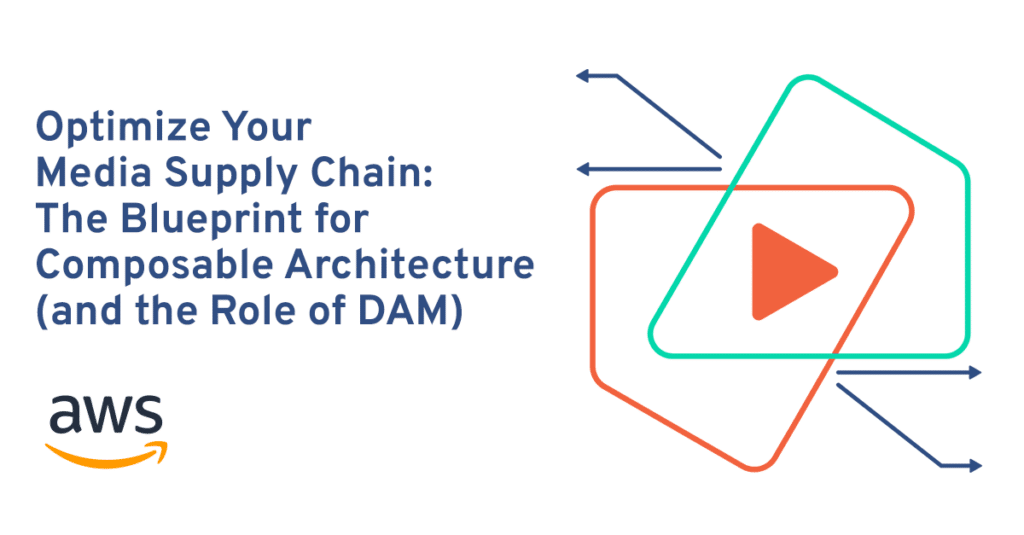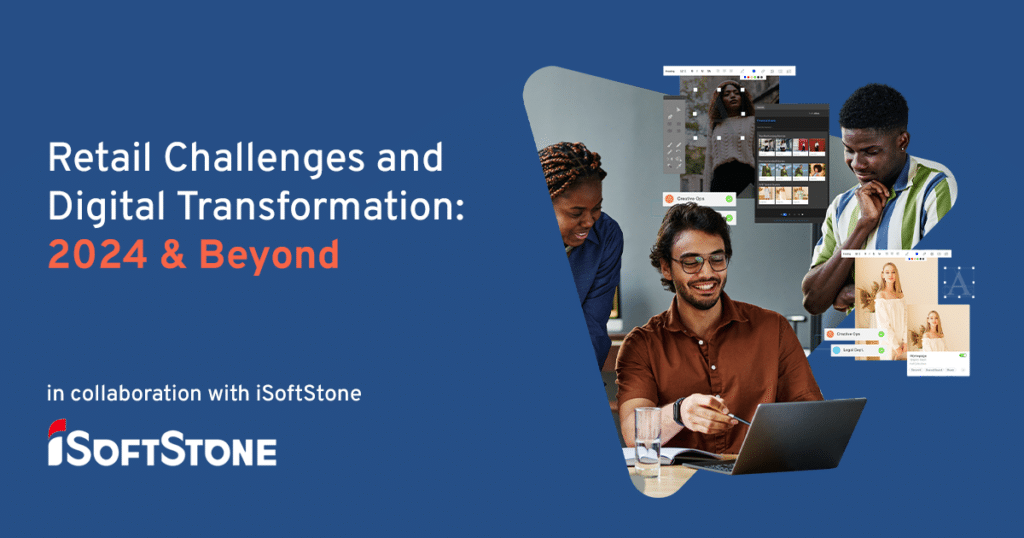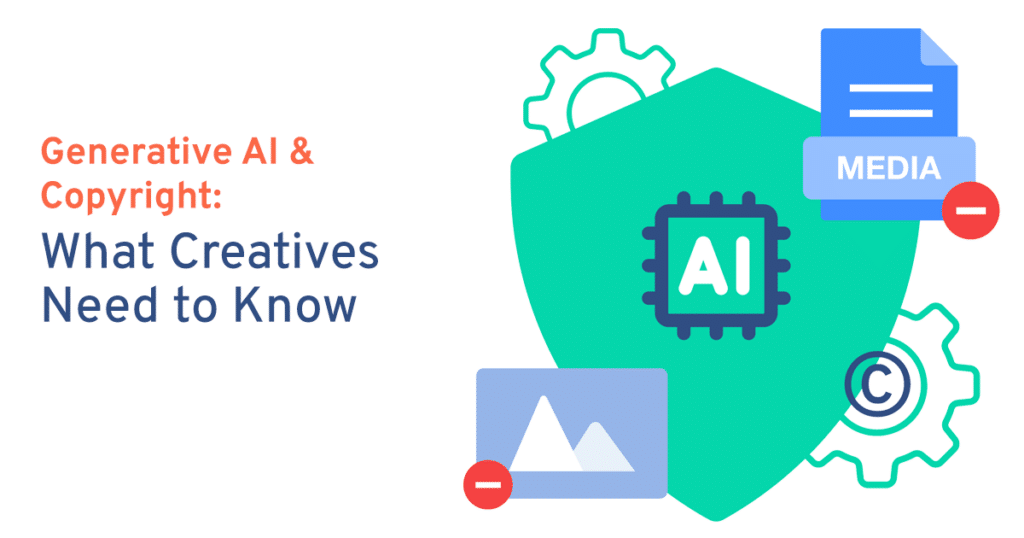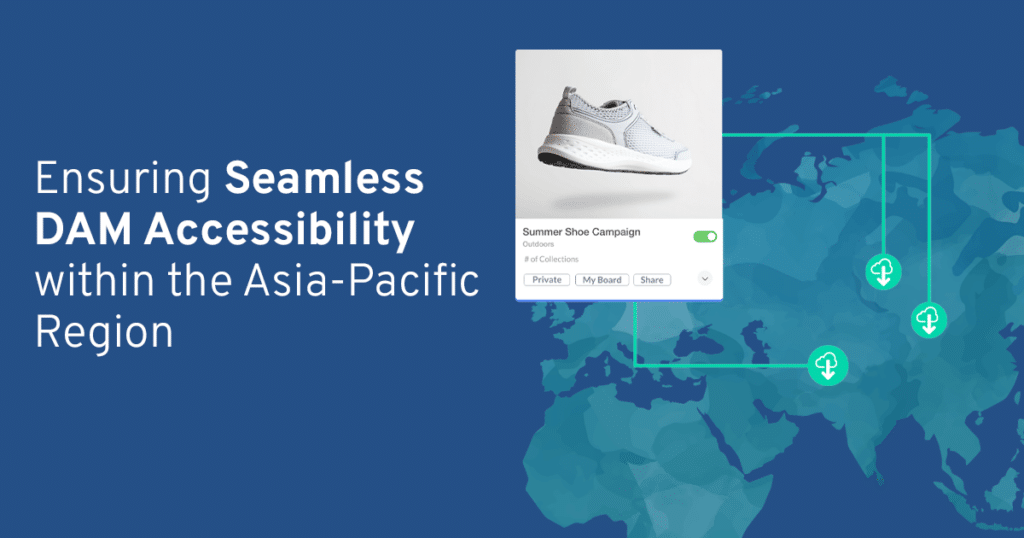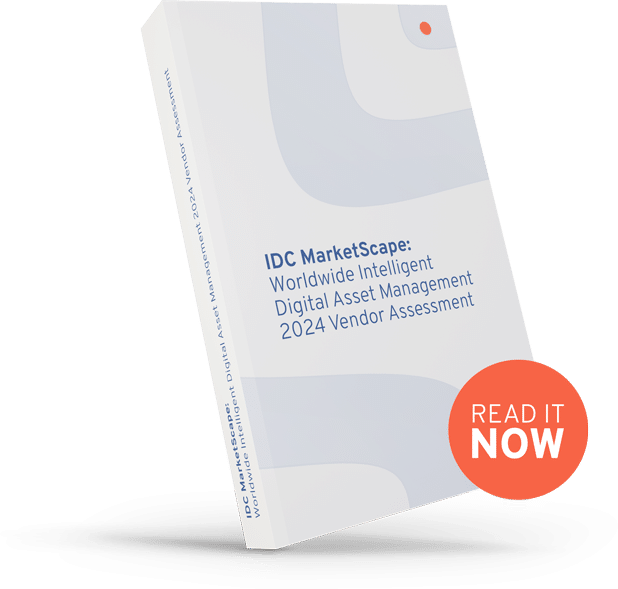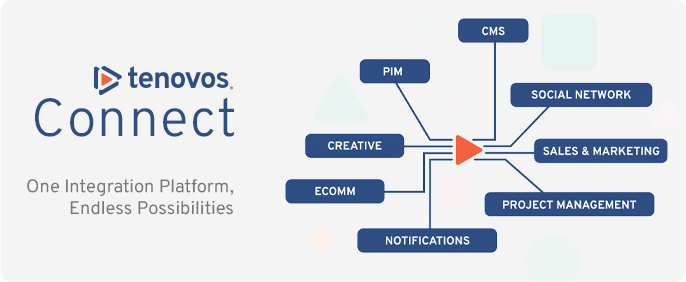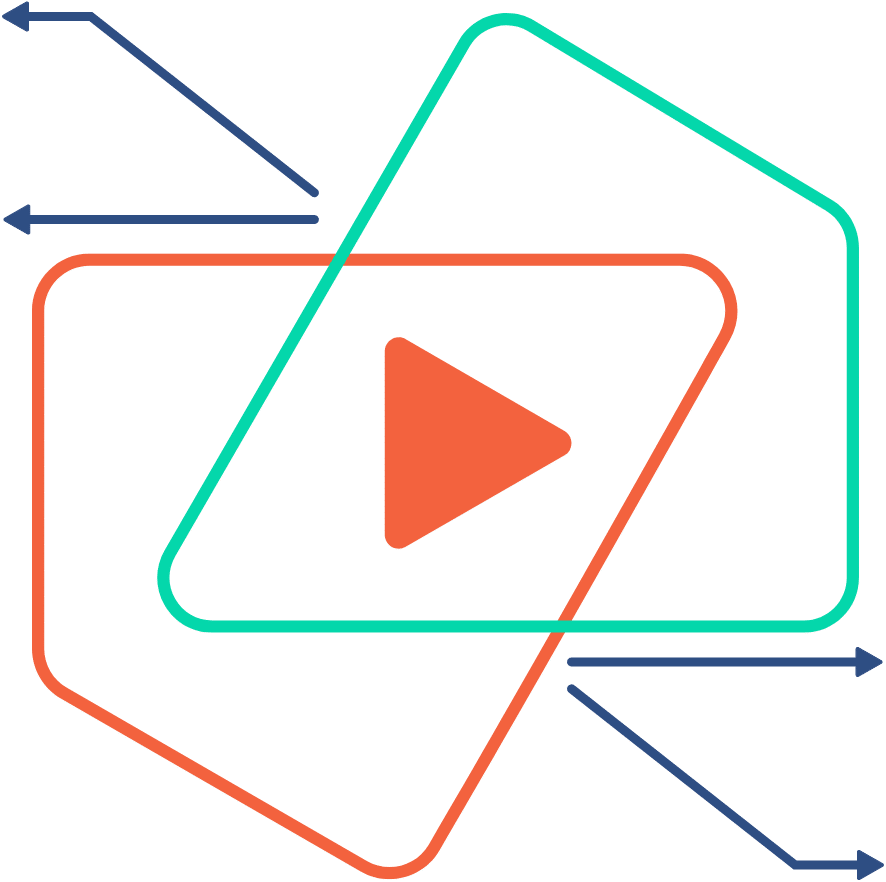
Discover the value of composable architecture for enterprise brands, and explore our industry-specific reference architecture for simplifying the media supply chain.
There was an old saying that “no one ever got fired for buying IBM.” It was the safe option (or at least they wanted you to think that), and wouldn’t put undue stress or pressure on the buyer should they go with a competitor.
While one can debate whether that saying is still true or not, there has been a seismic shift in the media supply chain world. Brands are moving away from legacy, monolithic vendors that, while offering a suite of integrated products, are losing customers due to cost, a lack of innovation and modern functionality, and the reality that only some products in that suite are best-in-breed.
The alternative to using a suite of integrated products is building a composable enterprise tech stack in which every software is pluggable, scalable, and replaceable.
Composable Architecture: An approach to designing and building software systems where individual components or services are integrated to create one unified system that can communicate via APIs.
The Value of Composable Architecture
This approach allows brands to select the best technology in every aspect of their media supply chain without being handcuffed to an entire suite of products.
As the components of composable architecture are designed to be independently deployable, organizations can quickly assemble and reconfigure their tech stack to meet changing business needs, enabling organizations to adapt more effectively in today’s digital landscape.
This digital transformation is rife with product companies today who are looking to optimize the process of creating, managing, and delivering global content at scale – and want all the best products to execute this vision.
But digital transformation comes with obstacles, dependencies, expectations, and complexities, which, unless addressed, can derail even the most technologically savvy brands.
At Tenovos, we have the honor of supporting brands through this transformation and, along with our partners, have spent time streamlining these complexities to make your journey easier.
Introducing the Reference Technical Blueprint (RTB)
To help align stakeholders, visually represent solution components, and articulate dependencies throughout the media supply chain, we’ve created the Reference Technical Blueprint (RTB).
The RTB is a tool that provides a nuanced, industry-specific reference architecture focused on specific use cases that are prioritized according to their business impact on a typical global enterprise.
Reference Architecture: A framework that guides the design, integration, and implementation of systems and software solutions, outlining best practices, design patterns, and recommended technologies to address common challenges and achieve desired outcomes.
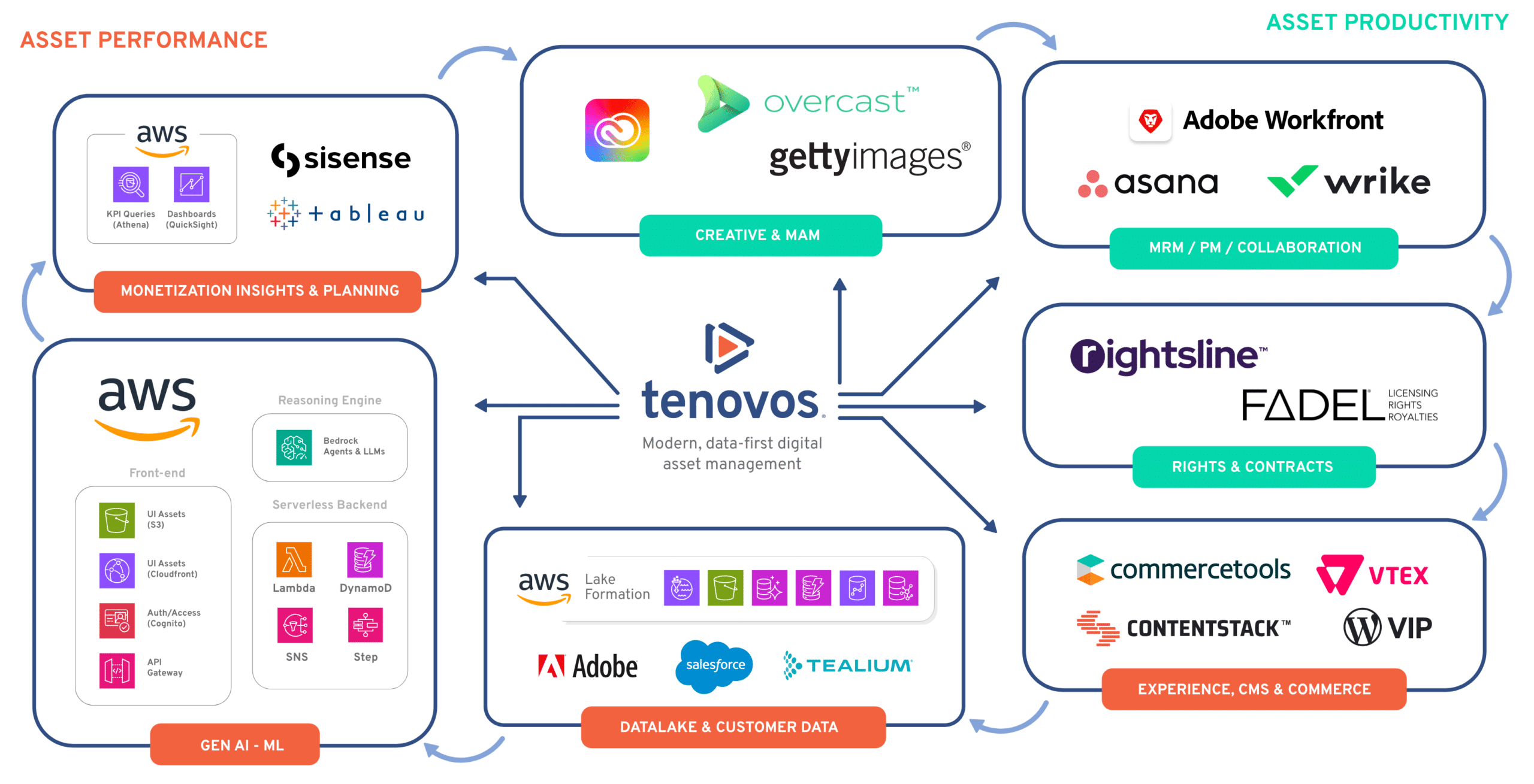
As content is prevalent throughout the media supply chain, from creation to consumption, digital asset management (DAM) underpins the entire reference architecture, touching each peripheral solution as content, (meta)data, analytics, and more pass from system to system.

Of course, not all DAMs can provide this connectivity throughout the media supply chain – on-premise DAM systems are significantly limiting.
It is paramount to have cloud-native technology to make this integration possible.
As the first DAM selected by the MACH (Microservices, API-first, Cloud-native SaaS, Headless) Alliance, Tenovos easily delivers seamless interoperability. Using technology built on these core MACH principles means saying goodbye to year-long projects and significant expenses just to connect your tech stack.
At Tenovos, our clients achieve greater agility through automation that drives faster speed to market through improved efficiency and collaboration. Furthermore, with data flowing from one system to another, brands can obtain a 360-degree view of their content (think the alter ego to the CDP) by marrying productivity (lifecycle, rights management, product) to performance.
Simply put, these insights help brands optimize content creation, leading to better engagement and, therefore, more revenue and retention.
Who Cares?
Whether you are a strategy executive in media and entertainment, an IT leader in retail, or a marketing professional for a consumer goods brand, the simplicity behind the complexity speaks to all and removes some level of risk associated with large-scale digital transformation projects.
Tenovos created the Reference Technical Blueprint (RTB) in collaboration with our partners and subject matter experts, including AWS, Qvest, Accenture, Media.Monks and a selection of top-tier Independent Software Vendors (ISVs).
The RTB was designed with a goal in mind: a media and content supply chain that is optimized, automated, and AI-tuned to maximize every dollar invested, giving brands that winning feeling – like Buddy Holly feels after winning the 2023 Westminster Kennel Club Best in Show.

The following Reference Technical Blueprints (RTB)
are available across key industries and use cases, with more to come:
Consumer Goods & Retail use cases include RTBs for:
- Personalization
- Brand & Rights Compliance
- Creative Automation / Generative AI
- Digital Shelf
Media, Entertainment, Sport & Gaming use cases include RTBs for:
- Click to Cloud
- Asset Monetization
- Creative Automation / Generative AI
- Rights & Contracts Compliance
Why Now?
As monolithic “all things to all people” product suites struggle to keep up with the needs of modern marketers and creatives, composable architectures (MACH) and best-of-breed ecosystems have become a crucial part of how enterprises systematically and surgically modernize their data and cloud strategies.
Today’s enterprise executives work to prioritize initiatives with a well-supported business case, with the most common use cases depending on “key value chains” that benefit from bi-directional content & data integrations across multiple systems. These “key value chains” are direct ROI levers, allowing control over inputs and results.
When so much investment continues to funnel into media and content, across industries, the impact of a well-executed digital / cloud transformation is a C-suite topic, fueled by very real expectations of utilizing AI / ML to personalize one-to-one experiences, monetize assets, and ensure global compliance.
A Detailed Look:
Reference Technical Blueprint Example
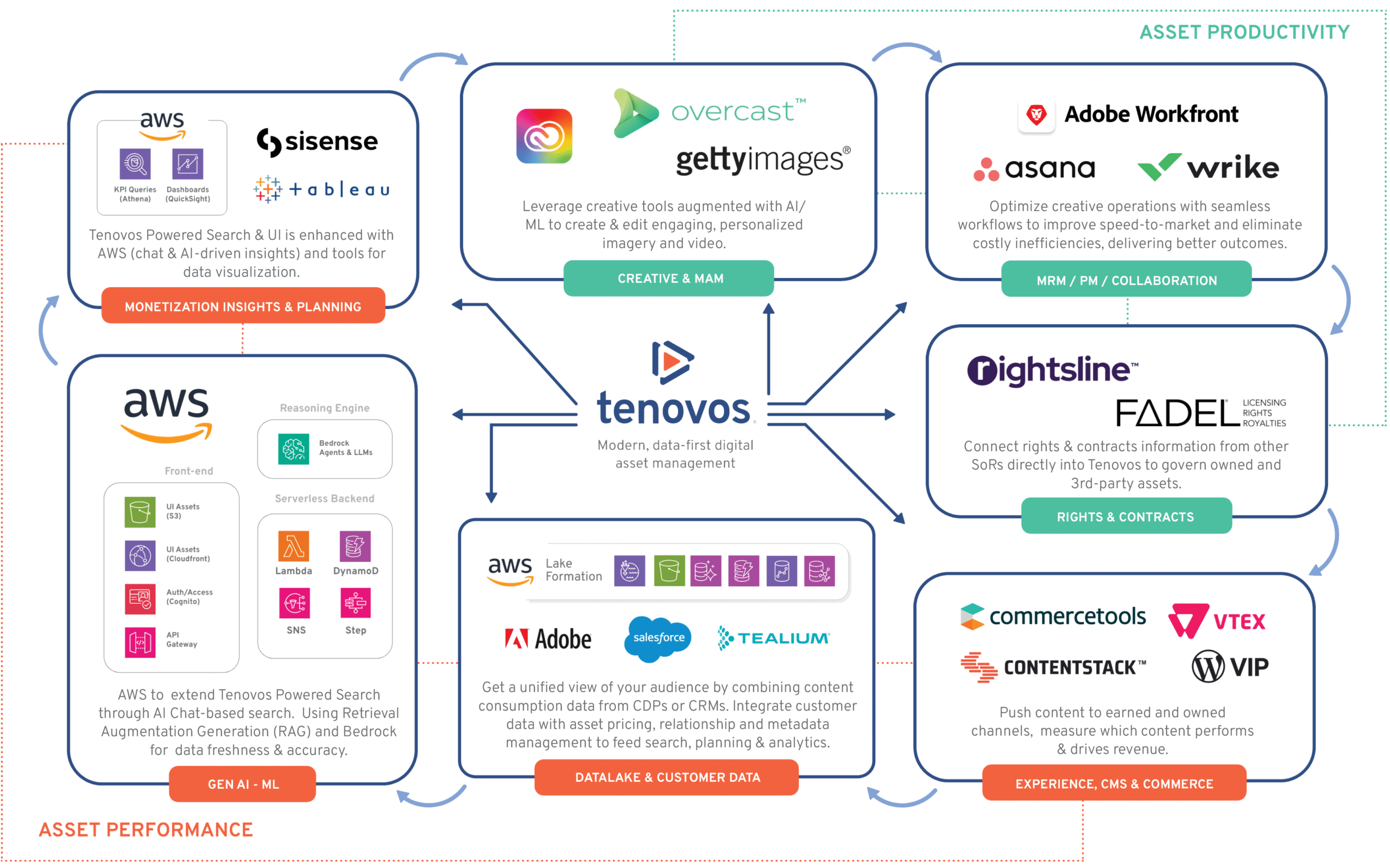
This sample media and content supply chain (cycling clockwise from creation through optimization) is delivered with Tenovos as the core system of record, working in conjunction with key services and wares from AWS and strategic consulting partners such as Qvest, Media.Monks and Accenture.
This sample use case, typical in publishing, media, and entertainment verticals, represents Gen AI-driven asset monetization, balancing an understanding of asset performance (left side in orange dashes) and asset productivity (right side in green dashes) enhanced with capabilities offered from AWS AI/ML innovations like Bedrock.
More specifically, AWS data lake capabilities and services surface data sets from Tenovos and other systems of records (ex. CDP, CRM) to be mined and used as AI/ML training models, ultimately exposed through data visualization tools to feed the creative process.
Commonly integrated solution domains, unique to the asset monetization within media and entertainment use cases, are highlighted in this example. This includes creative and media systems such as Overcast, Getty, and Adobe Creative Cloud.
As assets, derivatives, and versions are created (or generated), workflows help route reviews & approvals as part of marketing resource management 3rd party tools from Adobe Workfront, Wrike, Asana, etc.
These “works in progress” are managed within Tenovos and allow for appending usage rights and licensing contracts (from systems such as Rightsline or Fadel) to the systems delivering the experiences across channels (including several commerce & CMS platforms).
As a strategic focus of this example, creative operations and related dynamic creative optimization (DCO) are governed through a connection of rights, contracts, and publishing systems, an innovative capability offered only via Tenovos.
While this sample Reference Technical Blueprint includes specific components, blueprints can vary significantly depending on an enterprise’s needs. They may include solution domains such as Product Information Management (PIM), Customer Experience Management (CEM), Retail Media Networks, Video Production Systems, and more.
So what?
If you got this far reading this post, you likely get the issues and have lived the challenges. Composable architecture is crucial for organizations to adapt rapidly to evolving business needs.
While a Reference Technical Blueprint is not the silver bullet to make all integrations easier, this reference architecture is a silver lining that provides an advantage in an otherwise difficult environment.
So take that step towards something as complex as a MarTech modernization; we’ve got your back every step of the way. And when it’s time to take center stage for your “Best in Show” accomplishments, you’ll have the Reference Technical Blueprint to thank.
Wondering if you’re a fit?
Contact us or email me directly to discuss your industry specifics and use case.

Philip Wisniewski
VP, Global Alliances
philip.wisniewski@tenovos.com
Saks.com

